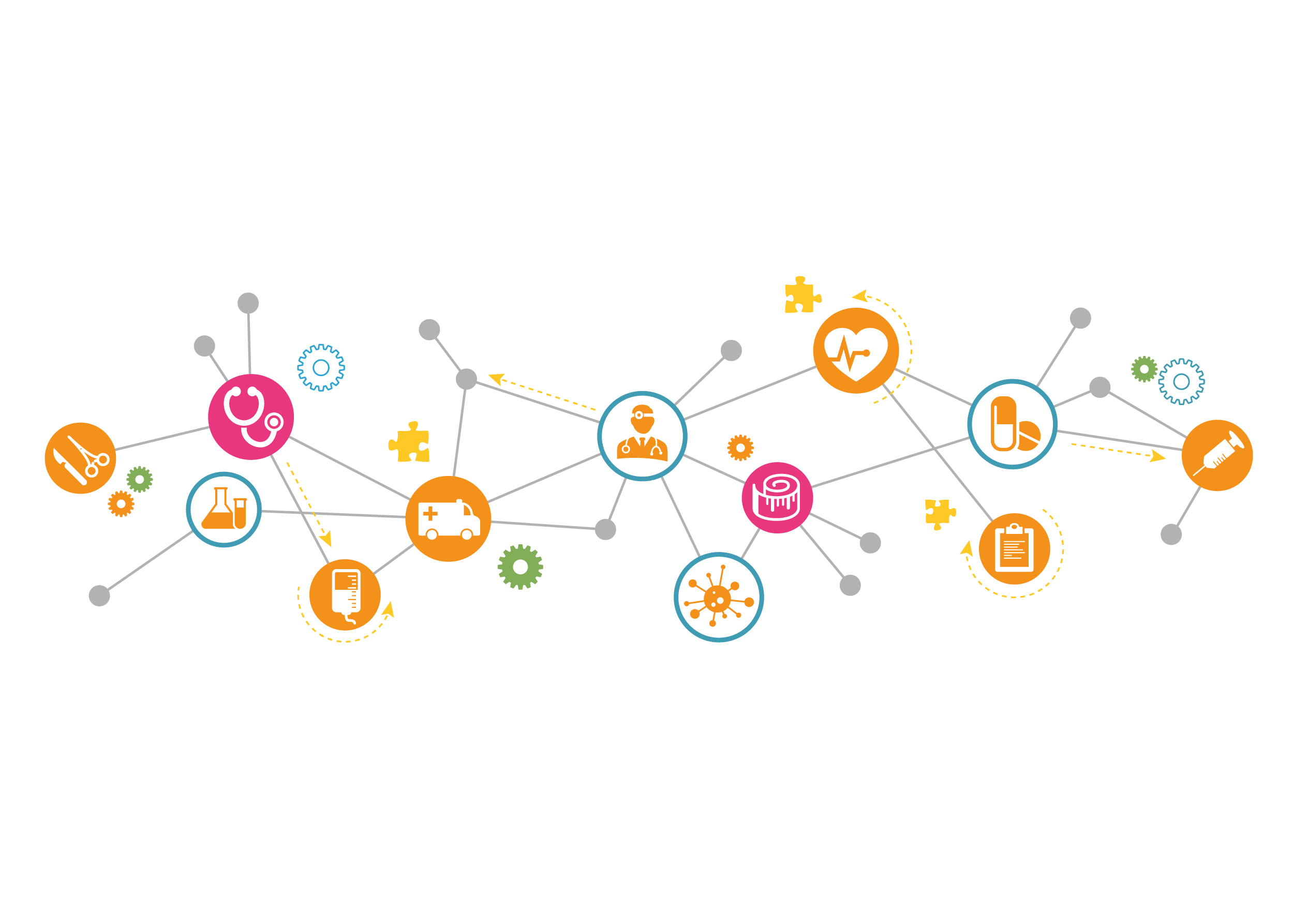Article, Publication
COVID-19 what have we learned? The rise of social machines and connected devices in pandemic management
by Dr Petar Radanliev
The PETRAS CRatE Project has produced a journal paper to investigate how connected devices have been used for the COVID-19 pandemic management. The paper makes recommendations following the concepts of predictive, preventive and personalised digital healthcare.
COVID-19 has triggered a significant increase in digital technology healthcare solutions in repose to the pandemic around the world. But did we learn from past failures when digital solutions were designed without considerations on interoperability?
In tackling the pandemic, some governments have developed new mass surveillance technologies that transfer personal data from health professionals to governments, without any comprehensive studies that determine if such new technologies and data policies present the most effective solutions to address the pandemic crisis. The majority of these digital responses involve big data analytics, and the data is often extracted from national health databases, from individual’s location databases, from individual’s code scanning and online reporting. While this approach has been accepted by some societies, in other societies, the public responses of mistrust have been reported. What we don’t know yet is to what extent this acceptance or mistrust is based on the chosen strategy for communicating the measures to the public.
There are safer and efficient digital solutions that haven’t been applied so far in the efforts to tackle the pandemic, such as using the increased edge computing capabilities for the integration and analysis of health data from a variety of sources, operating as a social machine with strong security and privacy protocols. Such solutions, operating as social machines, could speed up the response and prove more effective in preventing the spread of fast spreading viruses. The obvious advantages of the proposed response to global pandemics is the combined force of humans and computers, where digital and the physical systems are perceived as assets. The difference from the current approach is that privacy and trust in these systems would be preserved – by analysing the data at the edge and anonymising the results before sharing with cloud systems (and governments).
The proposed solutions are based on social machines – exploiting the social aspect of human-computer interactions and the Internet of Things (IoT) – increased connectivity of humans and devices. To be effective in detecting new deadly viruses, such systems need to evolve into ‘social collaborative internet of things’ where objects interact, collaborate and share information, creating cyber-physical ecosystems. The proposed systems would generate situation-aware services by exploiting the users’ needs, preferences, social drives and the surrounding environment. This would join users, objects and services and evolve into a ‘dynamic social structure of things’. If we integrate artificial intelligence between connected devices and edge computing or the middleware technologies, we could expect a new form of cognitive collaboration between the physical and the digital world.
The social networks as described, depend on human engagement on a global scale and active participation from humans and devices, and would be capable of answering complex problems that we don’t even know they exist. The emerging idea for designers of future monitoring apps, is that we should seek for existing and established solutions, and build such solutions in advance, instead of coming up with new solutions in times of great urgency and ignoring the need for understanding the security, privacy and trust of the participants.
Establishing such in advance would be costly, and we should identify the value of such systems in normal times. By developing and using established and regulated solutions, the healthcare systems would benefit from human-computer interaction with large numbers of participants and a wide range of devices. This would be the first step in introducing a more effective global response and monitoring of future pandemics.
Key publication:
COVID-19 what have we learned? The rise of social machines and connected devices in pandemic management following the concepts of predictive, preventive and personalized medicine (Open Access) – Link: https://link.springer.com/article/10.1007/s13167-020-00218-x

